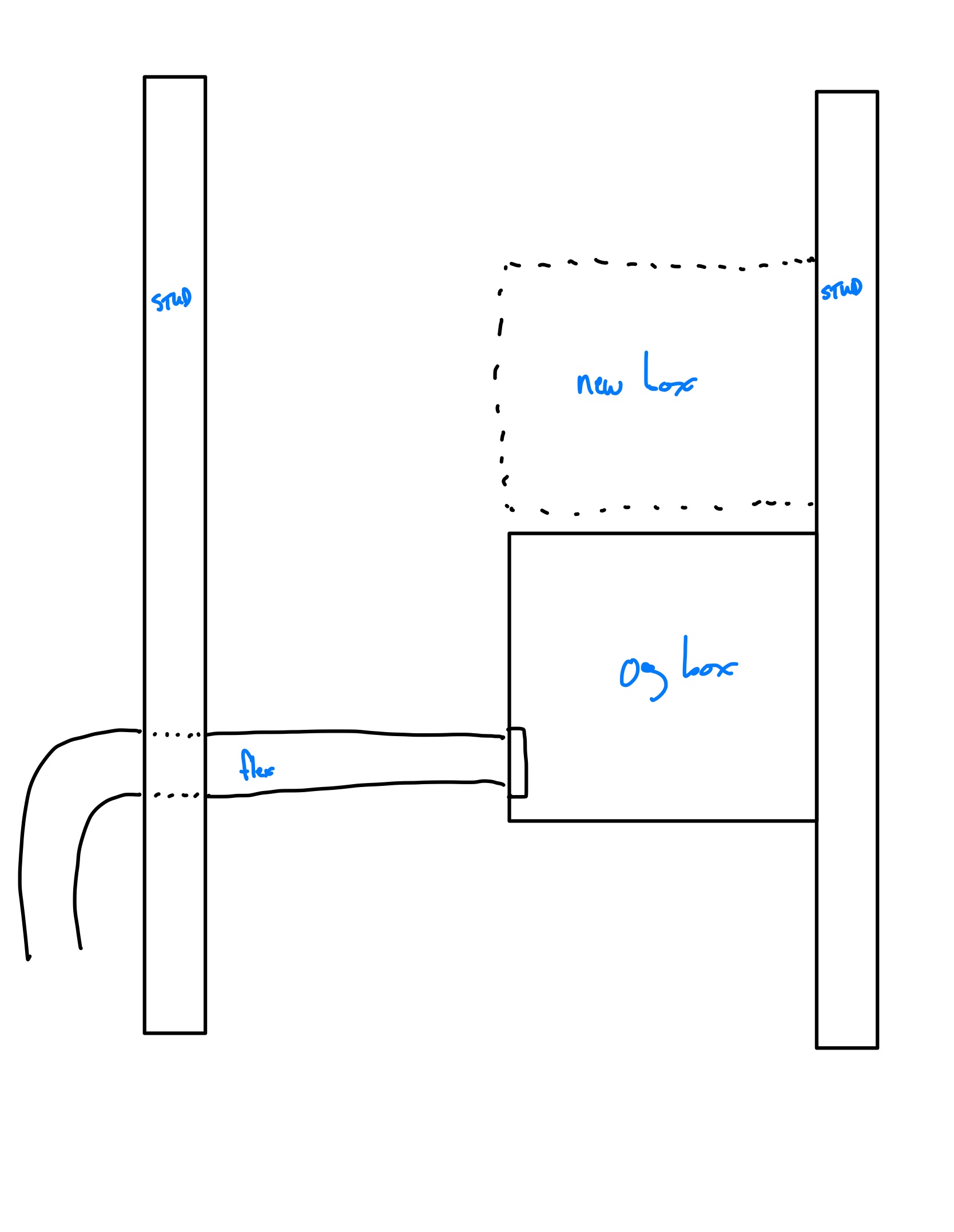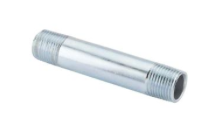I need to move an electrical box up about five inches from where it is to mount a light fixture. The wall is drywall covered in plaster. The original box was nailed to a stud. Originally I was going to patch the old location with drywall and install a new plastic electrical box in the correct location. What I'm running into is the old wiring, which isn't Romex but rather cloth wire run via flexible conduit screwed into the old junction box. It's about one inch too short to make the move.
I can get the original conduit installed into a new "old work" metal box, but it won't stretch to the new location. I understand there are couplers to extend the length of the conduit, but the length I need to extend it by is so short I feel it would make fitting it difficult. My initial thought is to simply rerun the wire from the outlet to the switch with Romex so I can clamp it into a new box and not worry about the conduit, but I'm no expert at this and don't know if there's an easier way.
Thanks for any advice!
EDIT: @ThreePhaseEel pointed out that this may actually be BX wire, not simple flex conduit, which I imagine changes things up.





